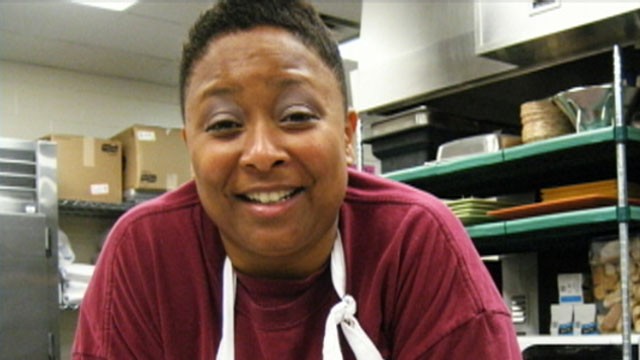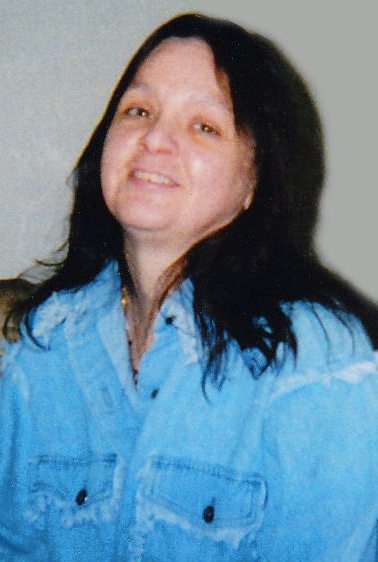
Paula Cooper, savoring her freedom
Between Kimberly McCarthy and Paula Cooper lies either a chasm or a tremendous healing.
Texas is poised to execute Kimberly McCarthy, a 52-year-old African American woman accused of having murdered her White neighbor in 1997. If McCarthy is executed, she will be the 500th person to be executed by Texas since the death penalty was reinstated, in 1976. Texas is far and away the leader in this field, with Virginia a distant second.
According to Maurie Levin, McCarthy’s current attorney, the case must be revisited because the proceedings were `tainted by racism.’ That `taint’ is many layers deep and covers much. In Texas, 283 people are currently on Death Row: 39.2% are African American; 29.7 percent are Latino; 29.7 percent are White. Those racial demographics are geographic as well. Texas has 254 counties. In the past five years, 22 counties have sent people to Death Row. It’s not `Texas’ that fills the death rosters … but it is Texas that executes them. Rick Perry holds the record as the U.S. governor presiding over the most executions ever carried out. Texas is #1; Rick Perry is #1.
Nationally, Harris County, Texas, is the top county for executions, both in Texas and the United States. #2 is Dallas County. Kimberly McCarthy’s case was heard in Dallas County. In Dallas County, it was almost impossible for African Americans to get on a jury. McCarthy’s jury had one African American on it. That was no accident, according to Maurie Levin. It was also no accident that the attorneys who sort of represented McCarthy in her earlier forays never touched on the racial composition of the entire proceedings. Why would they? McCarthy was an African American, coke addicted woman worker who was accused of having brutally murdered a 71-year-old White woman. Case closed.
Last week, Indiana demonstrated that there’s a better way. Paula Cooper walked out of prison, not quite yet a `free woman’, but not a prisoner and not on Death Row.
In 1985, Paula Cooper was 15 years old. She was accused of having murdered Ruth Pelke, who was 78 years old. Cooper is African America; Pelke was White. Paula Cooper was convicted of murder and, at the age of 16, was sentenced to death. At that time, she was the youngest Death Row `guest of the State’ in the country.
A local, national, and global campaign erupted at the prospect of a 16-year-old girl being sentenced to death. Two years later, the Indiana Supreme Court agreed, and set aside the death penalty. The Court sentenced Cooper to 60 years behind bars.
In the intervening decades, Cooper has earned a college degree and time off for good behavior. On Monday, June 17, 2013, Paula Cooper walked out of prison.
That’s not all that changed during those decades. The prosecuting attorney in the case came to oppose the death penalty. Even further, Bill Pelke, Ruth Pelke’s grandson, has become a leading death penalty abolitionist. As Bill Pelke explains, “It was about a year and a half after my grandmother’s death, about three-and-a-half months after Paula Cooper had been sentenced to death, where I became convinced, beyond a shadow of a doubt, that my grandmother would have been appalled by the fact that this girl was on death row and there was so much hate and anger towards her. I was convinced she would have had love for Paula Cooper and her family. I felt she wanted some of my family to have that same sort of love and compassion. … I learned the most important lesson of my life that night, and it was about the healing power of forgiveness, because when my heart was touched with compassion, the forgiveness became automatic. And when it happened, it brought a tremendous healing.”
When the State of Indiana decided to forego vengeance against a child, to treat the child as one of us, as a sister or a daughter or a simply another human being, a tremendous healing began. The State can do that; it can opt for healing. Tell Rick Perry and Texas right away. Then tell everybody else.
(Photo Credit: ABC News)



